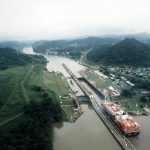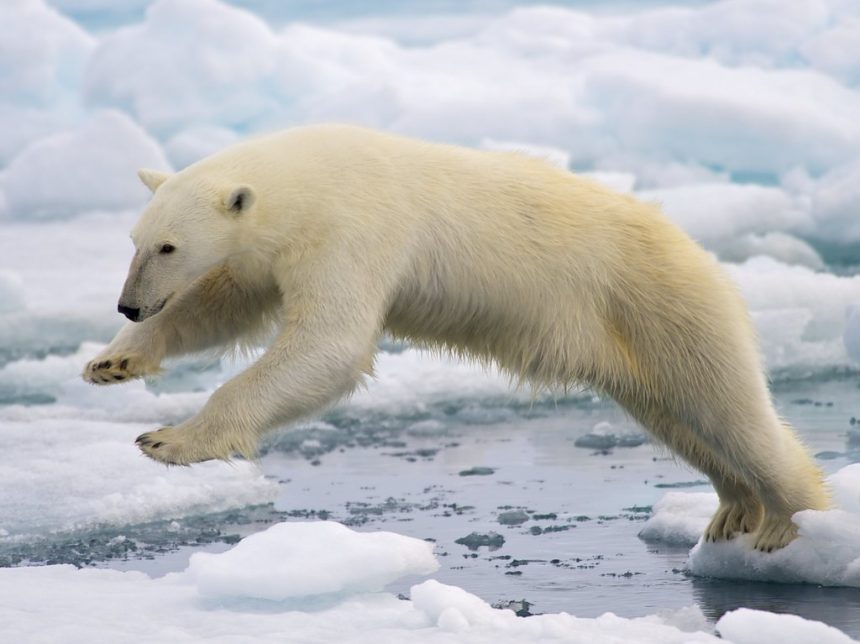In the Arctic’s Hudson Bay, polar bears are facing an increasing threat of starvation as climate change prolongs the ice-free seasons. Traditionally reliant on sea ice to hunt their primary prey, ringed and bearded seals, these majestic creatures are struggling to find alternative food sources on land during the extended periods without ice.
Ingenious but Insufficient Adaptations
Recent studies have highlighted the polar bears’ efforts to diversify their diet in the face of changing environmental conditions. From consuming grasses and berries to scavenging on carcasses, these bears are demonstrating remarkable adaptability. Some have even been observed engaging in long swims, covering distances up to 175km, in search of sustenance. Despite their ingenuity and willingness to explore new food sources, these efforts fall short of meeting their nutritional needs.
The Toll of Climate Change
The Arctic region is experiencing warming at a rate two to four times faster than the global average, leading to a significant reduction in sea ice coverage. This not only disrupts the polar bears’ hunting grounds but also forces them to spend more time on land, where food is scarce. The study conducted on 20 polar bears in western Hudson Bay revealed that despite their active search for food, 19 out of 20 bears experienced weight loss consistent with fasting periods.
A Dire Outlook
As the ice-free period in Hudson Bay has extended by three weeks since 1979, polar bears are now spending approximately 130 days on land, significantly increasing their risk of starvation. The situation underscores the urgent need for global efforts to address climate change and protect these iconic symbols of the Arctic from the devastating impacts of a warming world.











